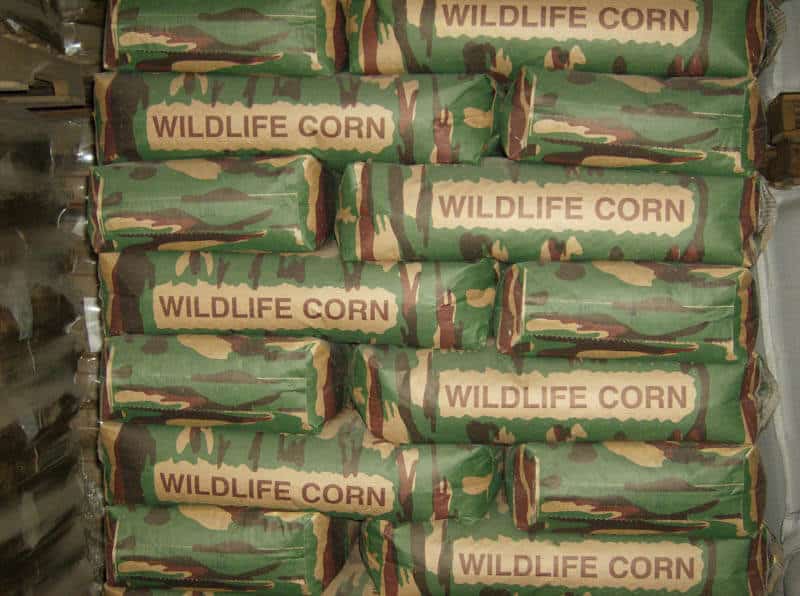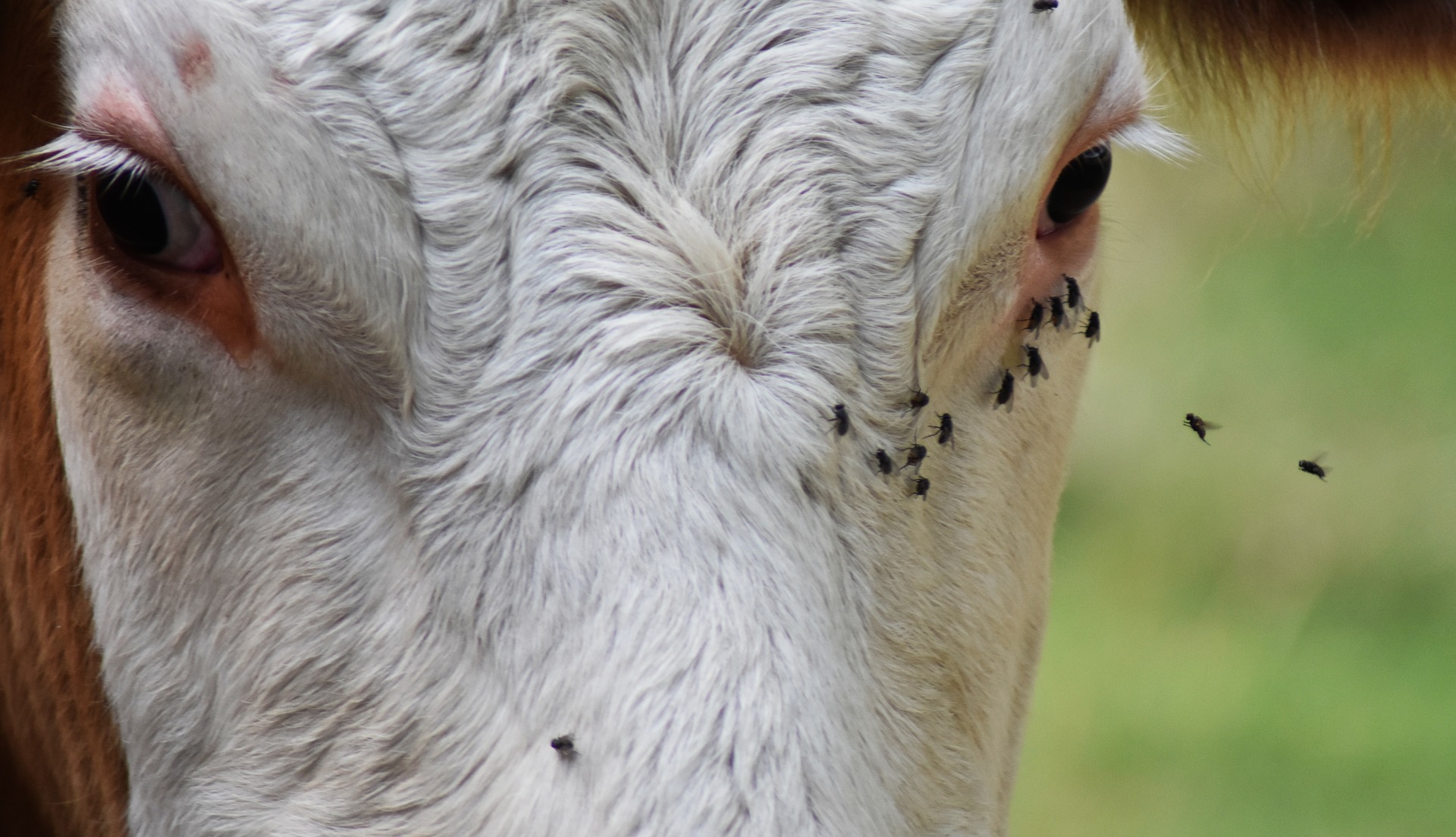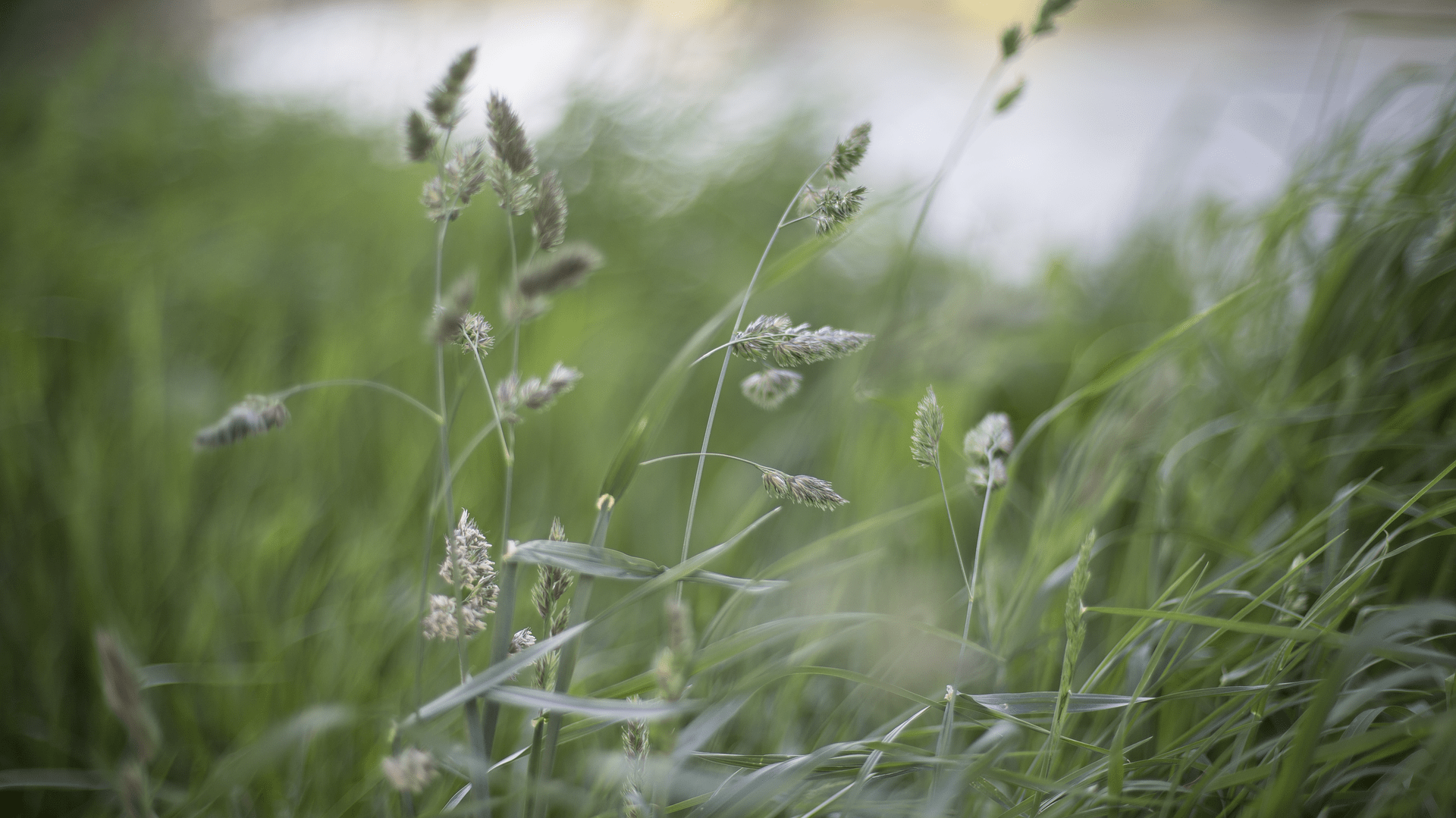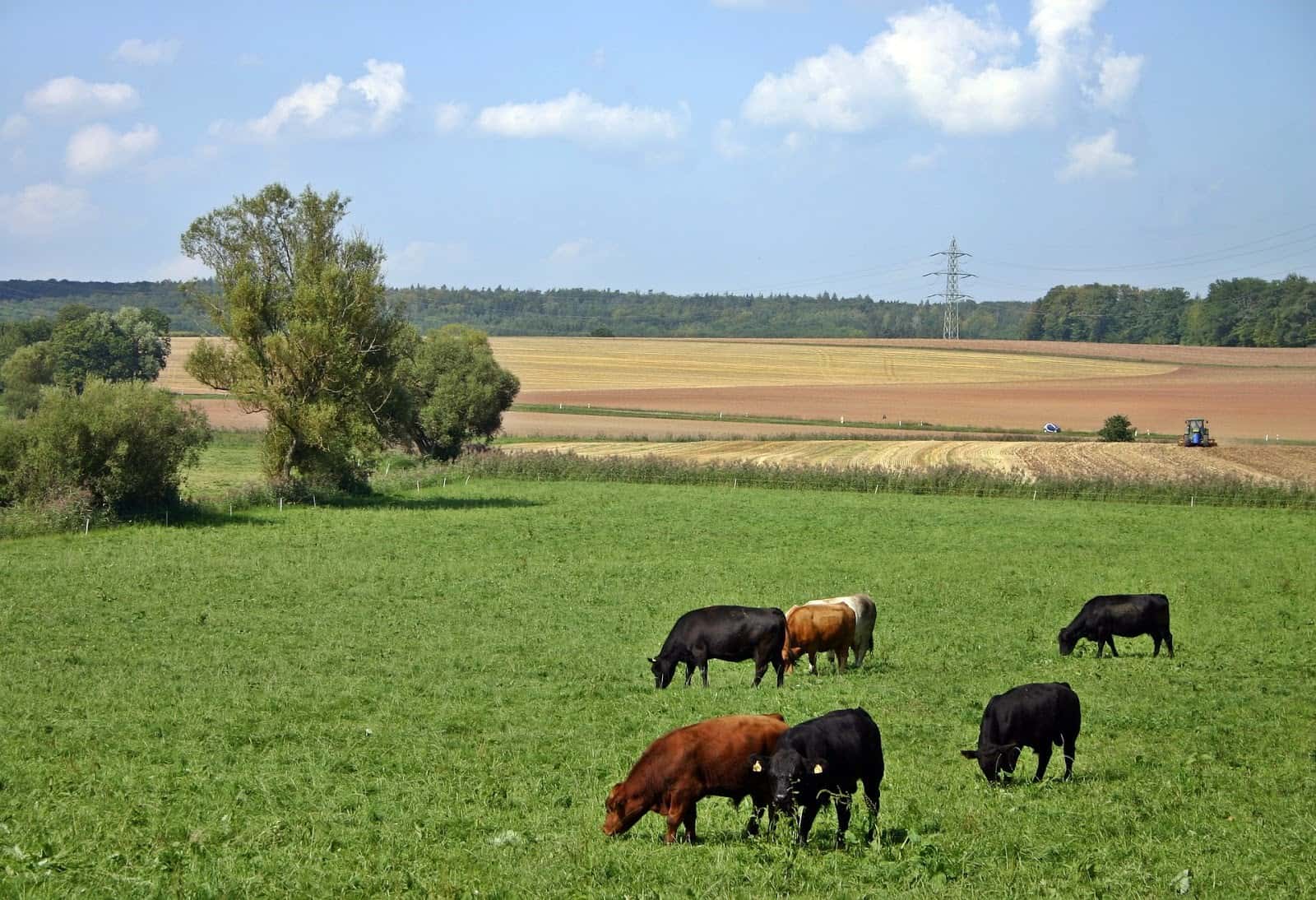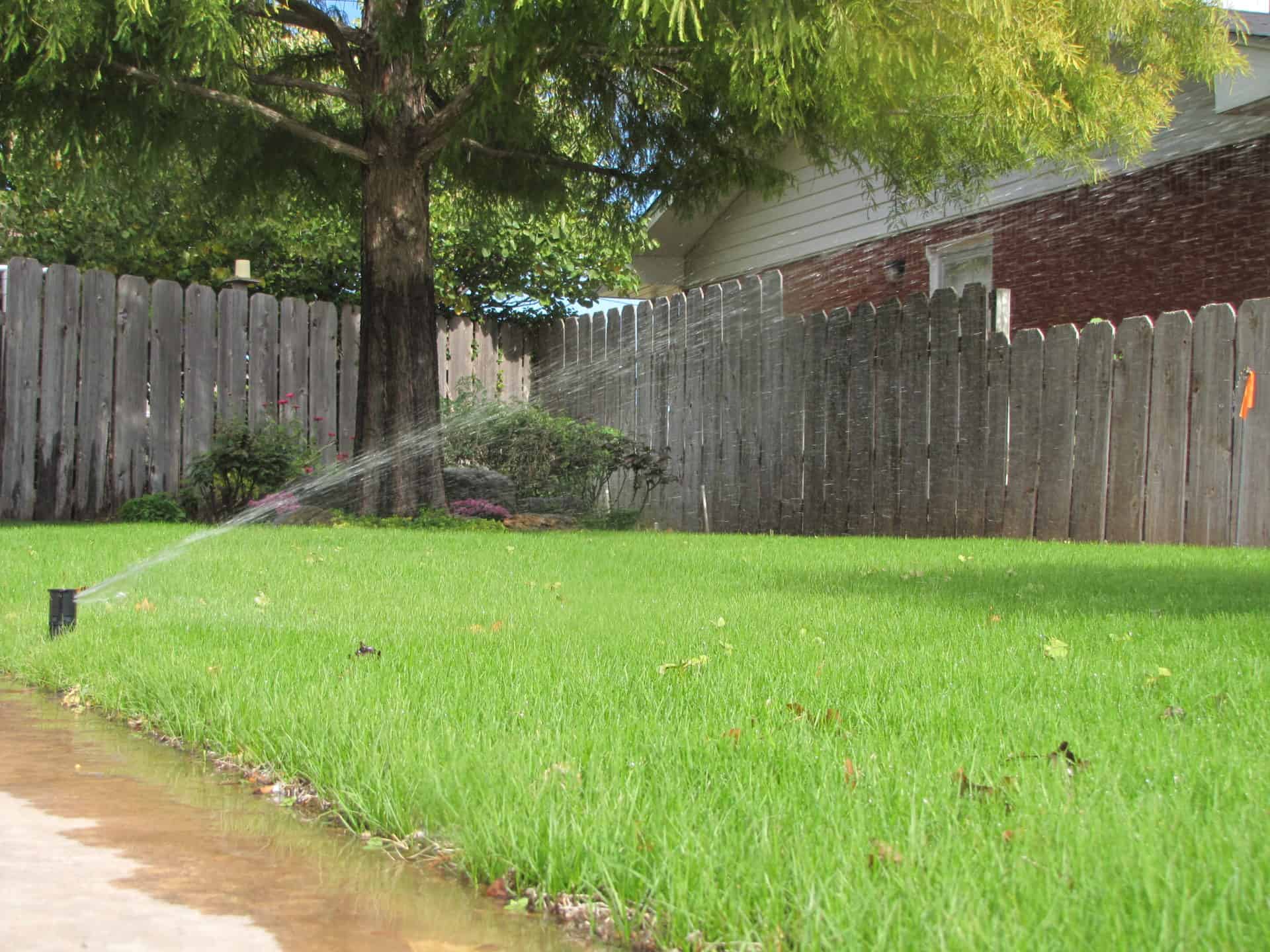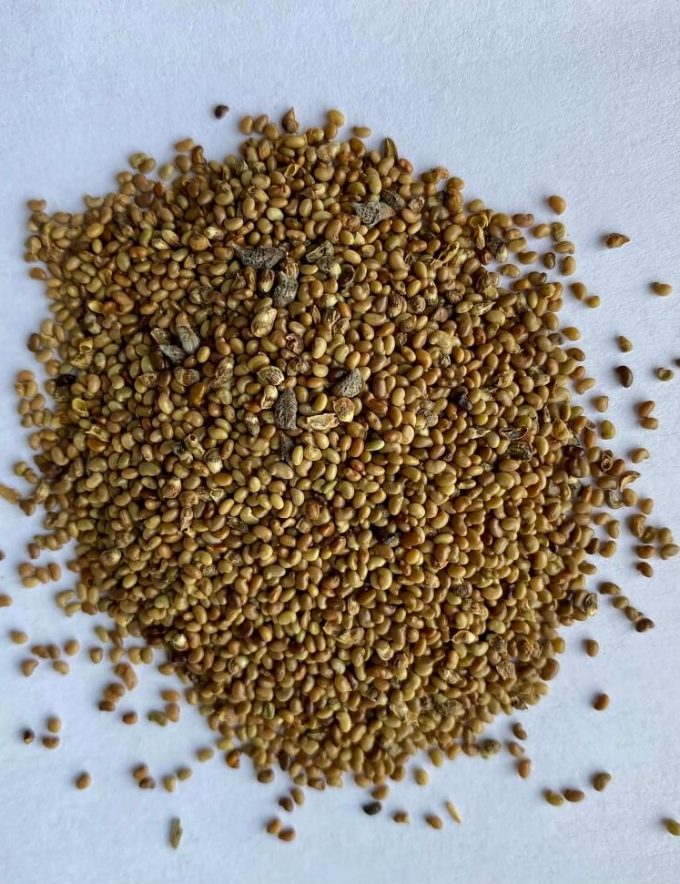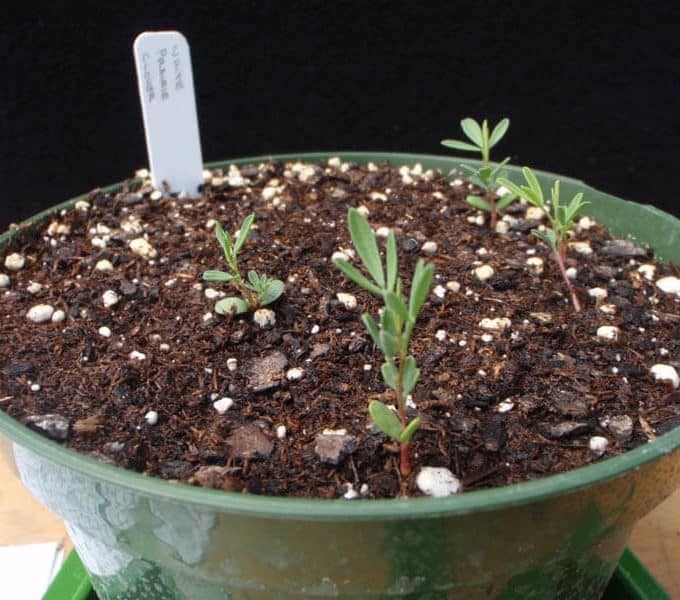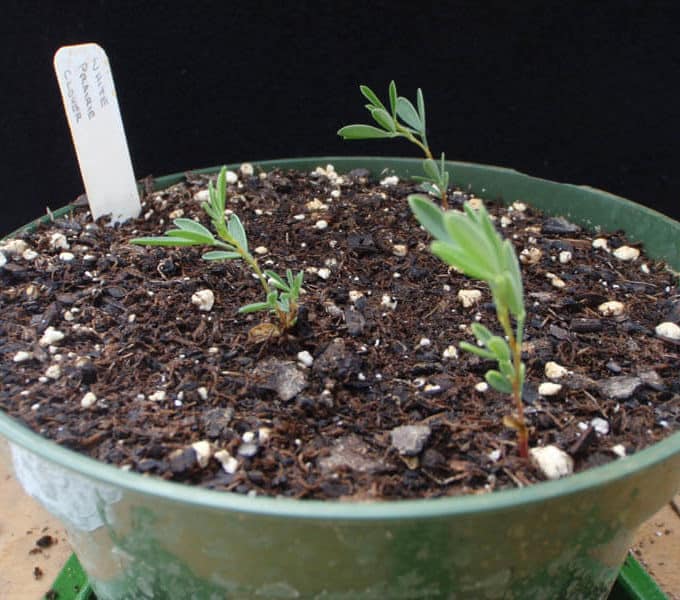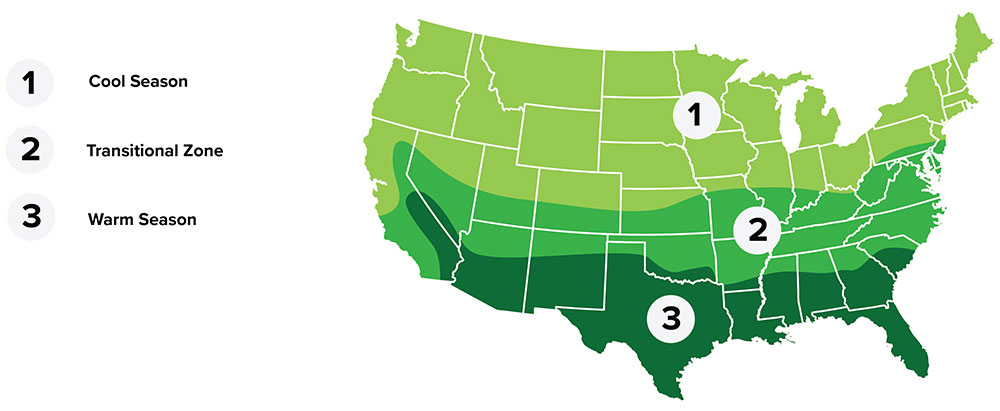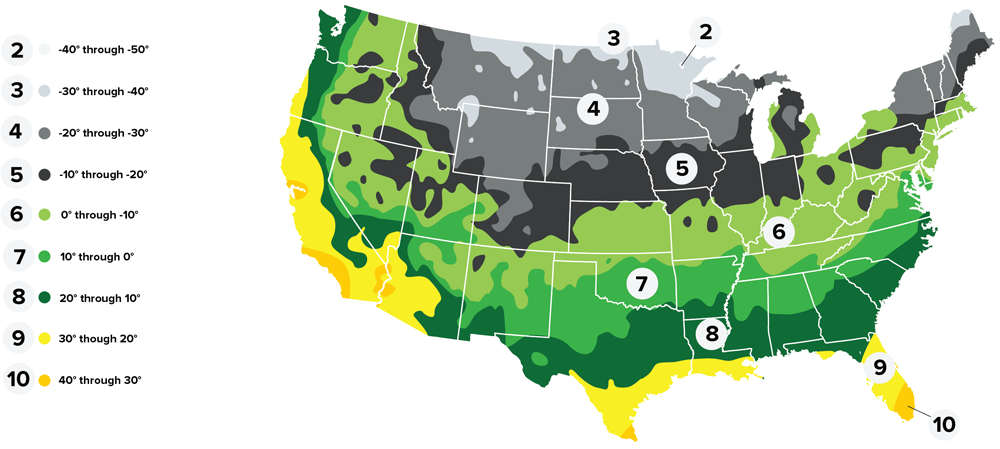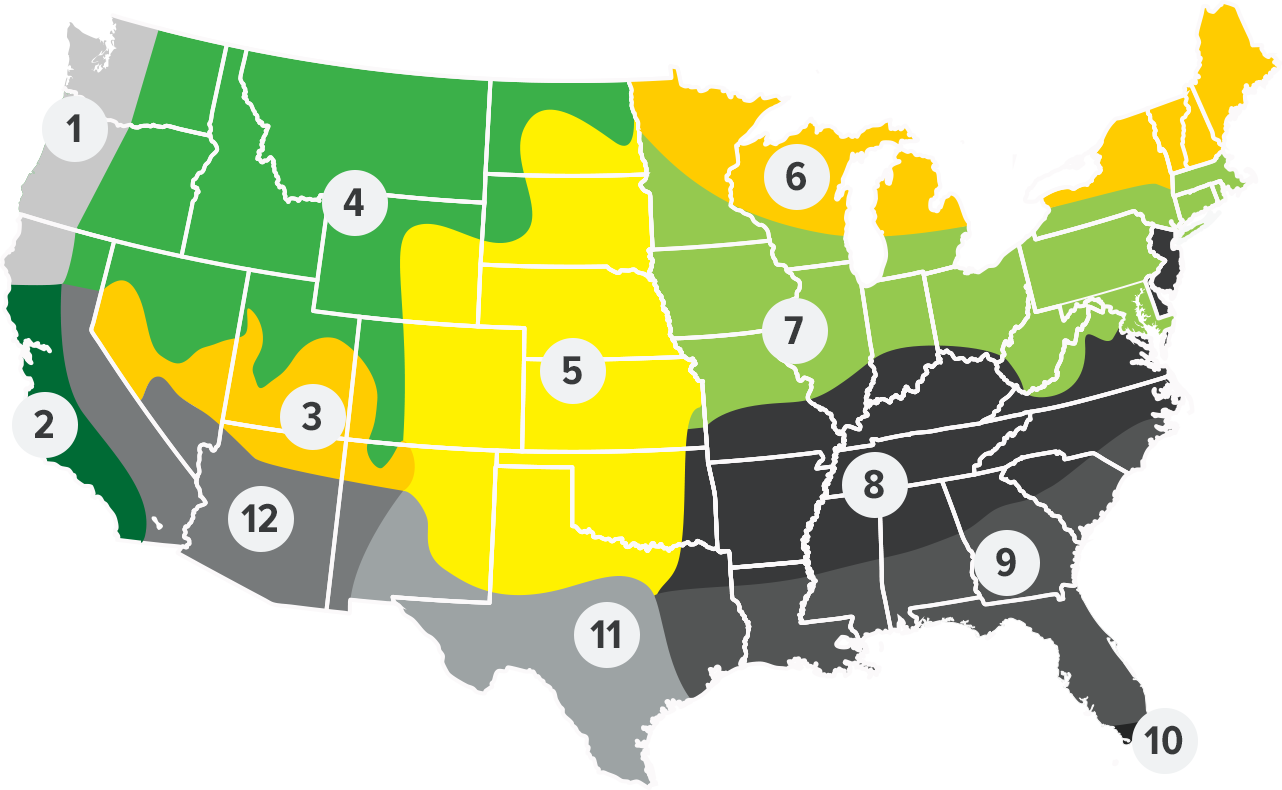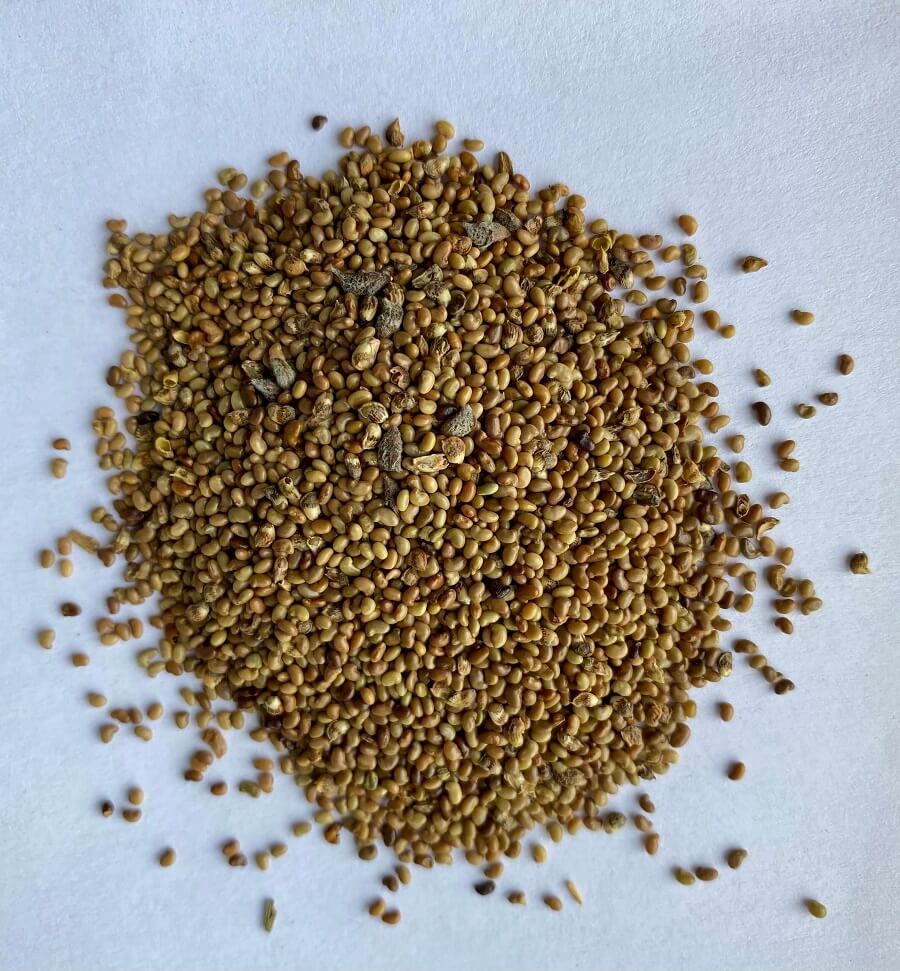
WHITE PRAIRIE CLOVER
Summary
White prairie clover is a native, warm-season perennial leguminous forb adapted to the central two-thirds of the United States. It is typically found growing on well-drained sandy, gravelly and silt-type soils. White prairie clover favors the mid-to-short grass prairies receiving 10 to 20 inches of annual rainfall. It is a very desirable component of warm-season grass plantings because of its nitrogen-fixing capability. It is readily grazed by all classes of livestock and is an important browse species for deer, elk and upland game birds. The bright green foliage and white cylindrical flowers make it a favorite in low maintenance gardens and wildflower plantings in low rainfall areas. White prairie clover is not an aggressive species and works very well in prairie mixes.
Plant Characteristics
Taxonomy
Zone
- USDA Plant Hardiness Zones
- 3, 4, 5, 6, 7, 8, 9
Plant Characteristics
- Height
- 24" - 36"
- Bloom Period
- Early-Summer
- Bloom Color
- White
- Leaf Color
- Green
- Growing Cycle
- Perennial
- Sun Requirement
- Full Sun
Plant Information
- Planting Season
- Fall - Spring
- Plant Depth
- "
- Minimum Soil Temp for Germination
- 65° F
- Establishment
- Moderate
Seed Information
- Seeds Per Pound
- 275,000
- Kingdom
- Plantae
- Subkingdom
- Tracheobionta
- Super Division
- Spermatophyta
- Division
- Magnoliophyta
- Class
- Magnoliopsida
- Subclass
- Asteridae
- Order
- Asterales
- Family
- Asteraceae
- Genus
- Dalea
- Species
- Dales candida
Coverage Area & Available Sizes
Applications
Attractive in mass plantings as well as in species mixes
When combined with grasses, forbs, and legumes
Notes
*Special considerations for spring germination: seed germination can be improved with mechanical scarification. Seed needs to be inoculated with Rhizobium for nitrogen fixation to occur. Germination of scarified seed generally occurs within 2 weeks after planting provided adequate soil moisture and temperature conditions are met.









